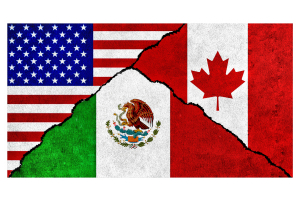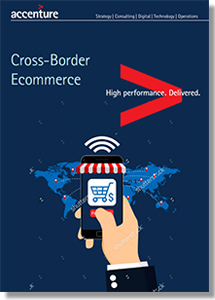Cross-Border Ecommerce
Cross-border e-Commerce brings all market participants on an even level playing field, no longer are global consumers only assessable by those having resources to deal with complications of global distribution or costly market expansion.
Borderless Global Commerce - The Promise has Arrived
With the rapid advancement in Digital and logistics connectivity over the past decade, B2C e-Commerce is pacing its way to be a mainstream channel for retail.
By 2020, over 2 billion e-shoppers, or 60% of target global population, would be transacting 13.5% of their overall retail consumptions online, equivalent to a market value of US$3.4 trillion (Global B2C GMV, growing at CAGR of 13.5% from 2014 to 2020).
Until now, B2C online transactions have been mainly domestic (supply and demand from the same nation); however, cross-border e-Commerce is taking over as the key growth engine to B2C trade, with a CAGR of 29.3% from 2014 to 2020.
Asia Pacific is leading the pack, not only in overall GMV, but also in volume growth of cross-border e-Commerce, contributing 53.6% of the incremental trade volume over the period of 2014 to 2020.
Western Europe and North America are trailing at 18.9% and 14.4% respectively; near-shore B2C transactions among EU countries is the driver behind a relatively high cross-border component in Western Europe.
Remaining emerging regions would all experience rapid growth with domestic and cross-border at almost same pace, enjoying the maturity of borderless global commerce.
Values Beyond Bargains
For most shoppers who make online purchases domestically, besides convenience and variety of selections, bargains over conventional offline channels is the most important value driver – no doubt, online merchants achieve that by cutting-through layers of intermediaries.
On the other hand, with cross-border e-Commerce, B2C consumers are seeking values beyond bargains, and they vary across different countries.
The Stakes Are High With Cross-Border e-Commerce
It is a moving-goal-post game, where demands of cross-border shoppers vary greatly by countries, while at the same time competitive landscape is continuously disrupted.
To capitalize on the next wave of mega growth, merchant enterprises, service enterprises, and governments all have their parts to play in taking down barriers and in adopting Digital accelerators - but more importantly, there needs to be cooperation between regulatory bodies across the world, and between public and private sectors, in order to deliver the full promise of borderless global commerce.
What’s Related




Favorites





